Six areas of improvement for the Egyptian Museum in Cairo
If someone was to ask me about the Egyptian Museum in Cairo, I’d said that it has a lot of potential, but more can be done. I would say that no museum in this world is that blessed to have such a treasure trove of exhibits, but the exhibits could be better curated.
At the Egyptian Museum in Cairo, it felt as if these Ancient Egyptian treasures from the ancient past were commodities. Random rock cravings which were sawed off from their place of birth (a temple in Luxor perhaps), and brought to this museum, teeming with all sorts of other random objects. So much so, (that in the eye of an average person), they seem to line passageways in a haphazard fashion.
It’s perhaps where a statue of a jackal from Luxor would meet that of a pharaoh from Abu Simbel. My imagination may have gotten the better of me. But before I’m done, I must say that if there are plans to video a film similar to Night At the Museum, the Egyptian Museum in Cairo is the best setting for it.
Six areas of improvement for the Egyptian Museum in Cairo:
1. Lighting
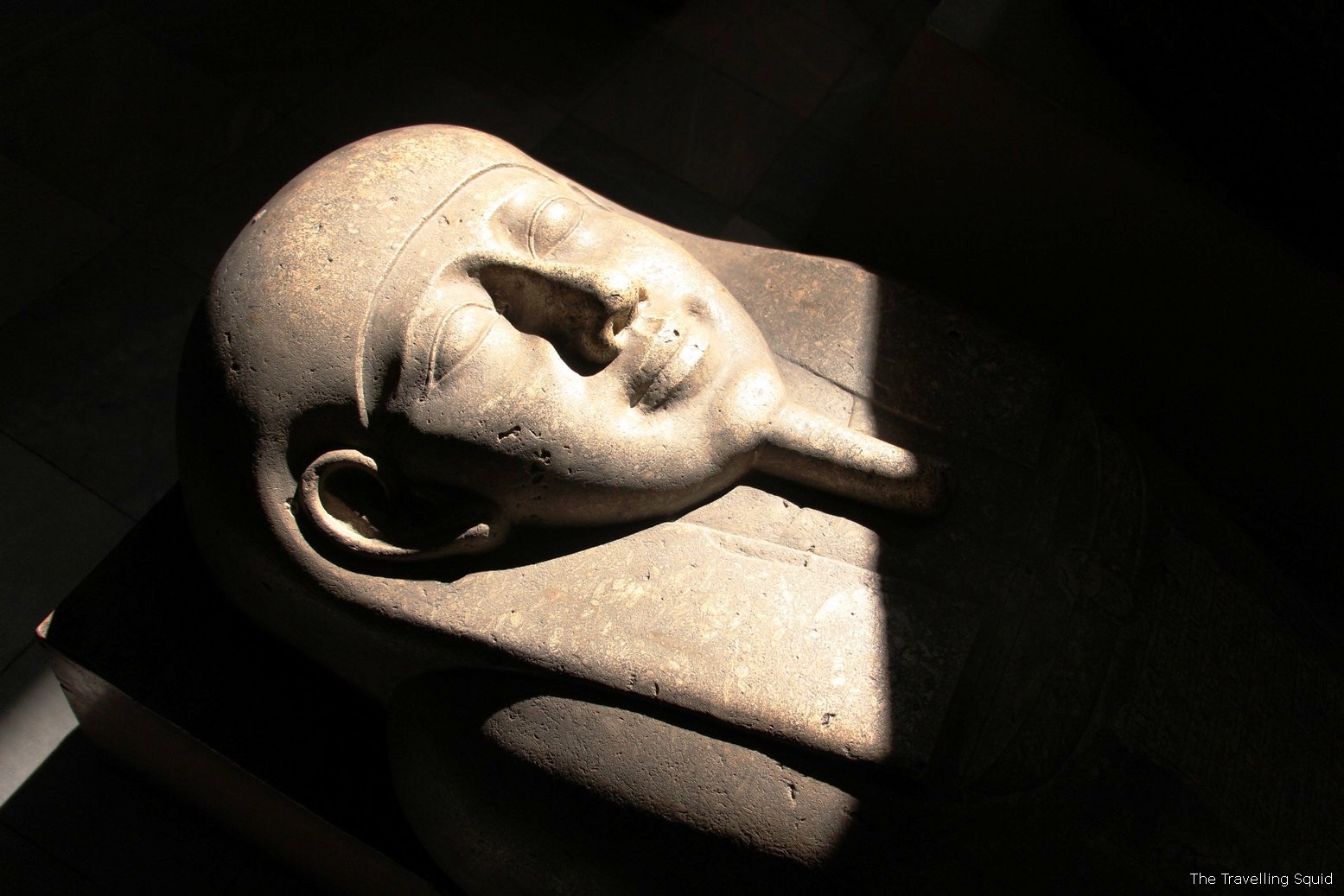
To me, lighting makes all the difference in museums. It serves to highlight a specific area of an exhibit that you’d like the visitor to take notice, and comes in useful, especially for big pieces like the encasement of a mummy.
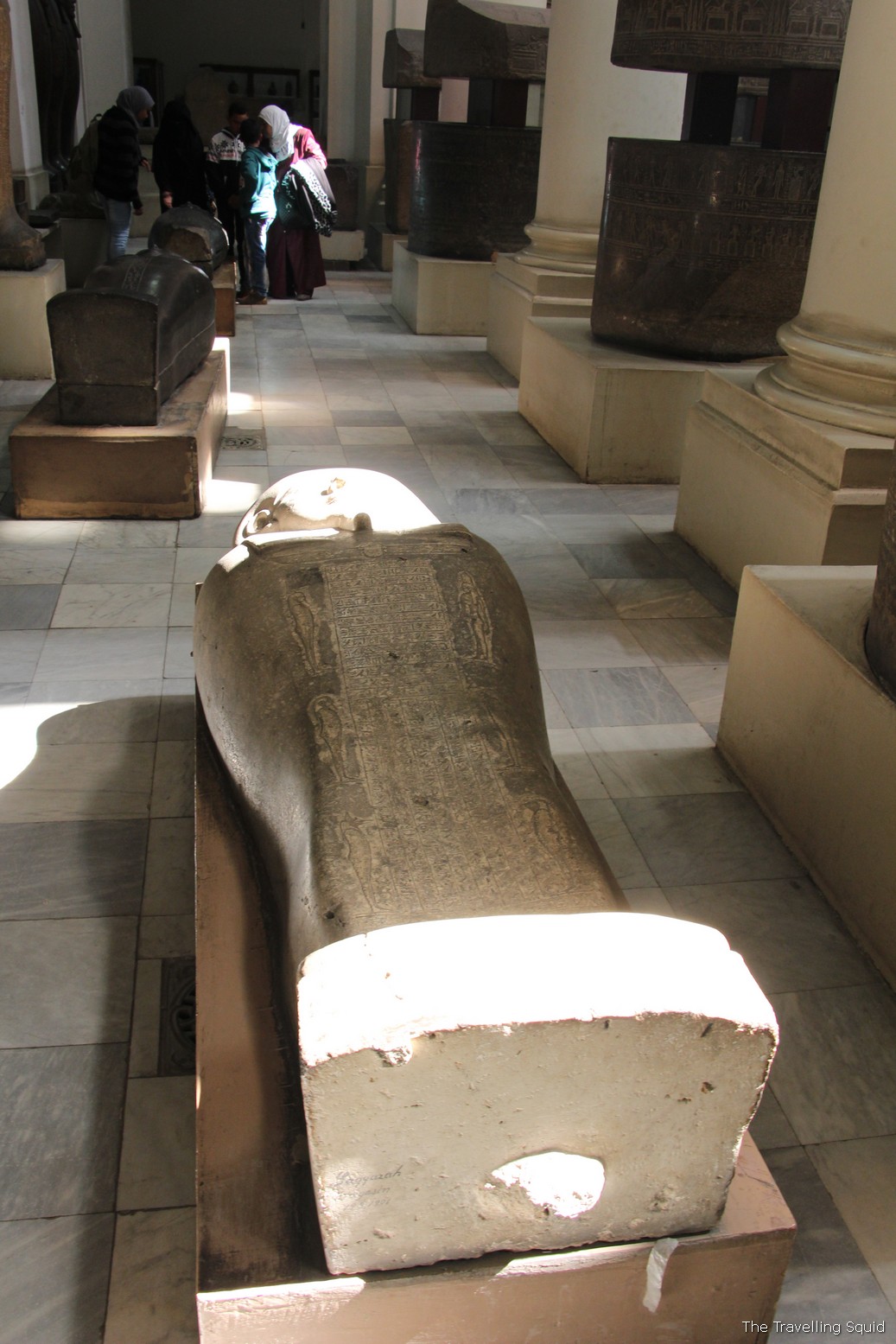
I recalled seeing a number of encasements simply arranged in rows, under the shadow of daylight. In addition, the hieroglyphs on stone were just left alone, to wallow under the shadow of their broad stone walls. How is the visitor expected to appreciate the intricate carvings into stone, made from primitive tools from so long ago? How is he supposed to envision the setting in which these hieroglyphs were made and discovered – I assume in deep underground tombs, under flickering shadows of a fire torch.
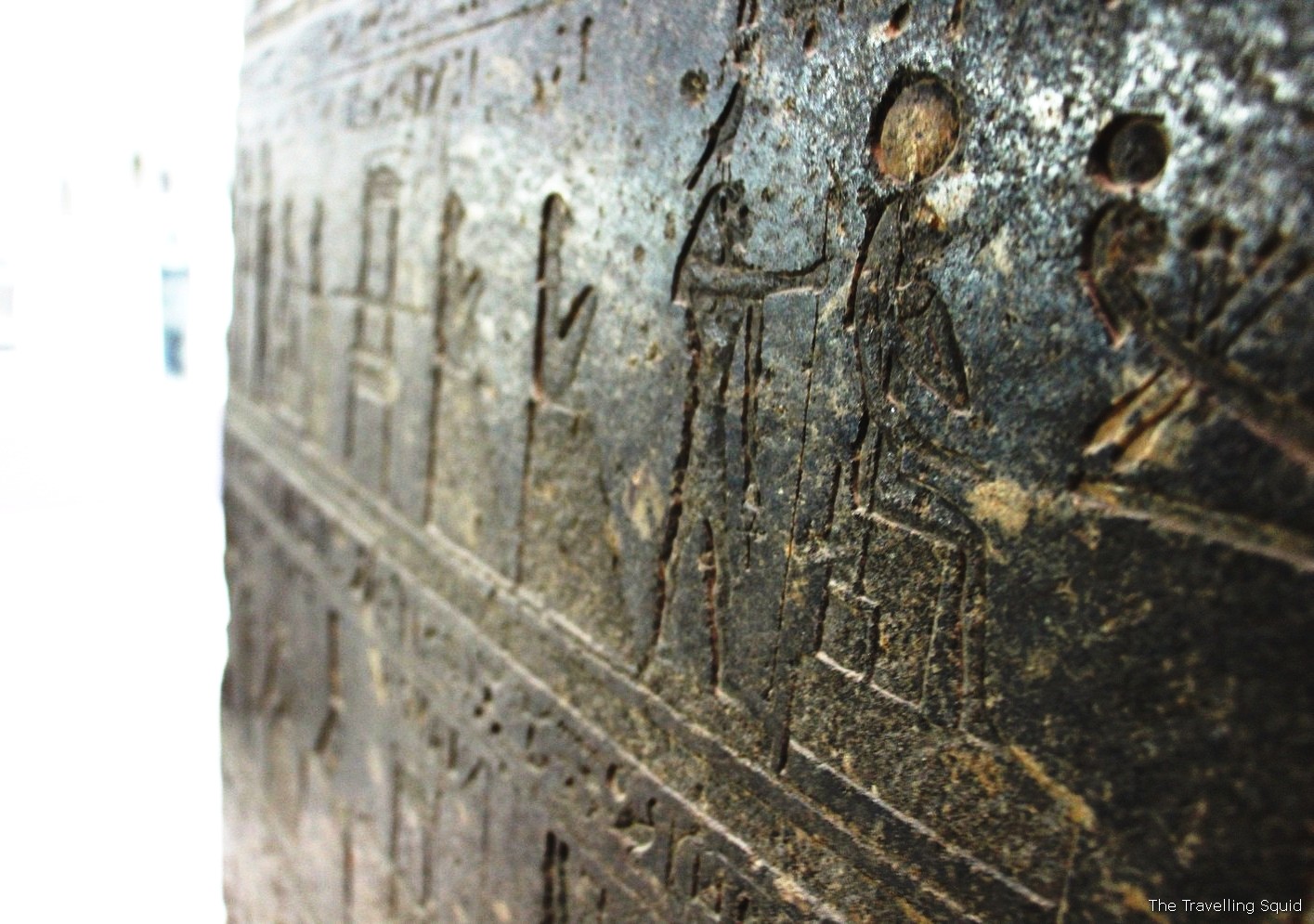
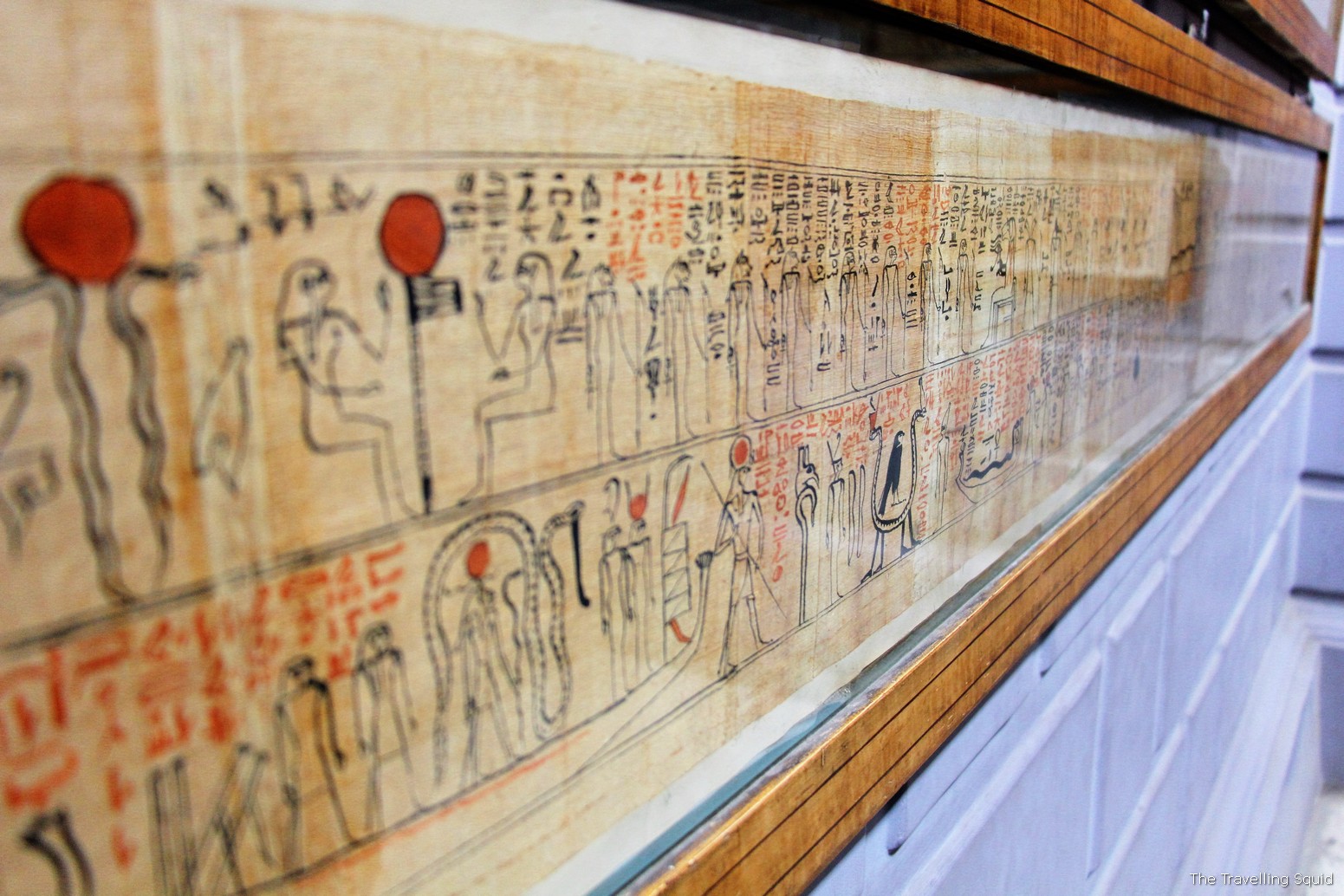
Essentially, I felt that daylight just didn’t do justice to the magnificence and significance of the exhibits.
2. Curation of exhibits

The Egyptian Museum in Cairo seemed to give the impression that a wide selection was all that mattered. As we walked through hall by hall, we saw all sorts of statues lined-up in different materials, such as clay, black marble, bronze and stone. I must make a disclaimer here and admit that we didn’t have a guide, only the write-ups from Lonely Planet.
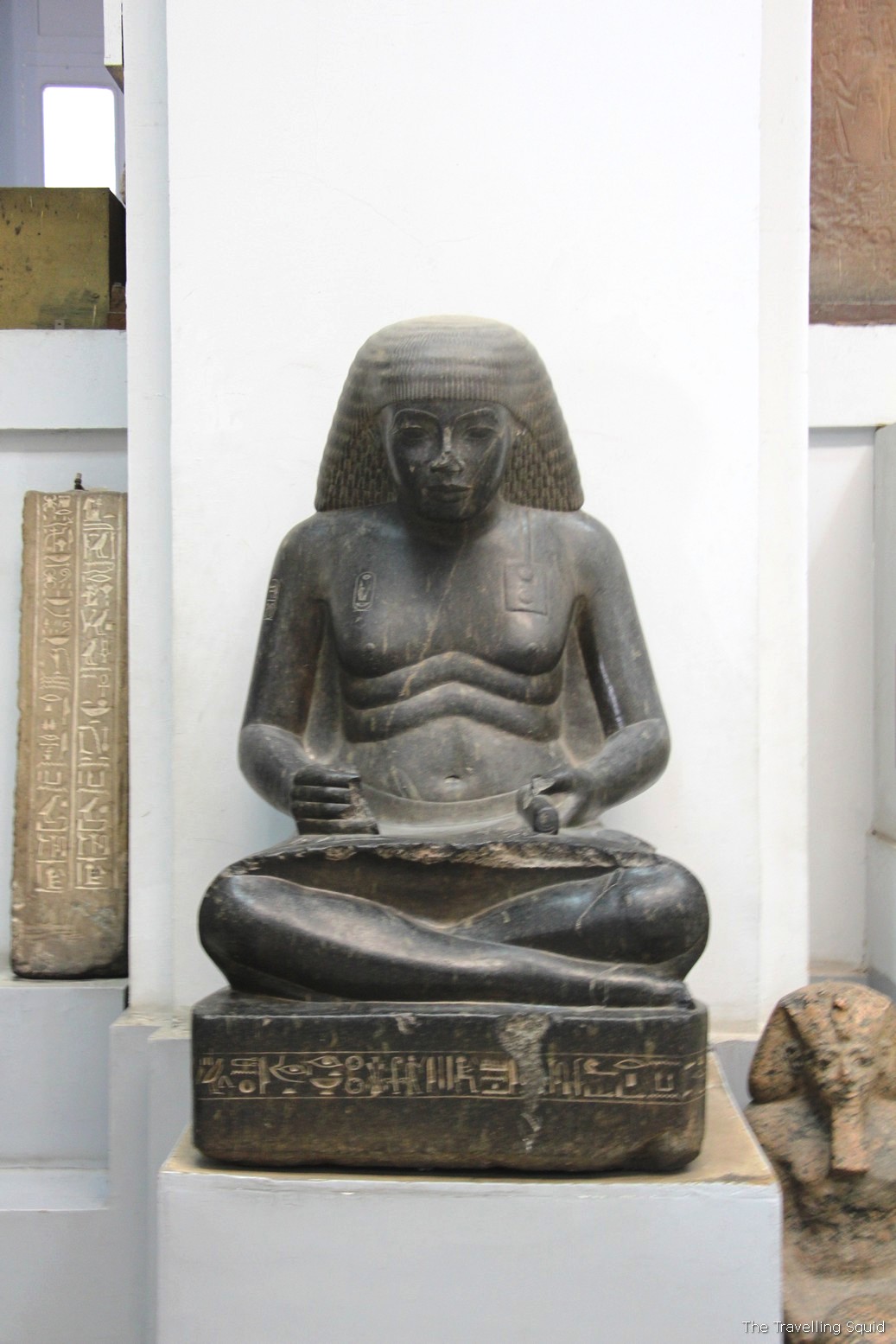
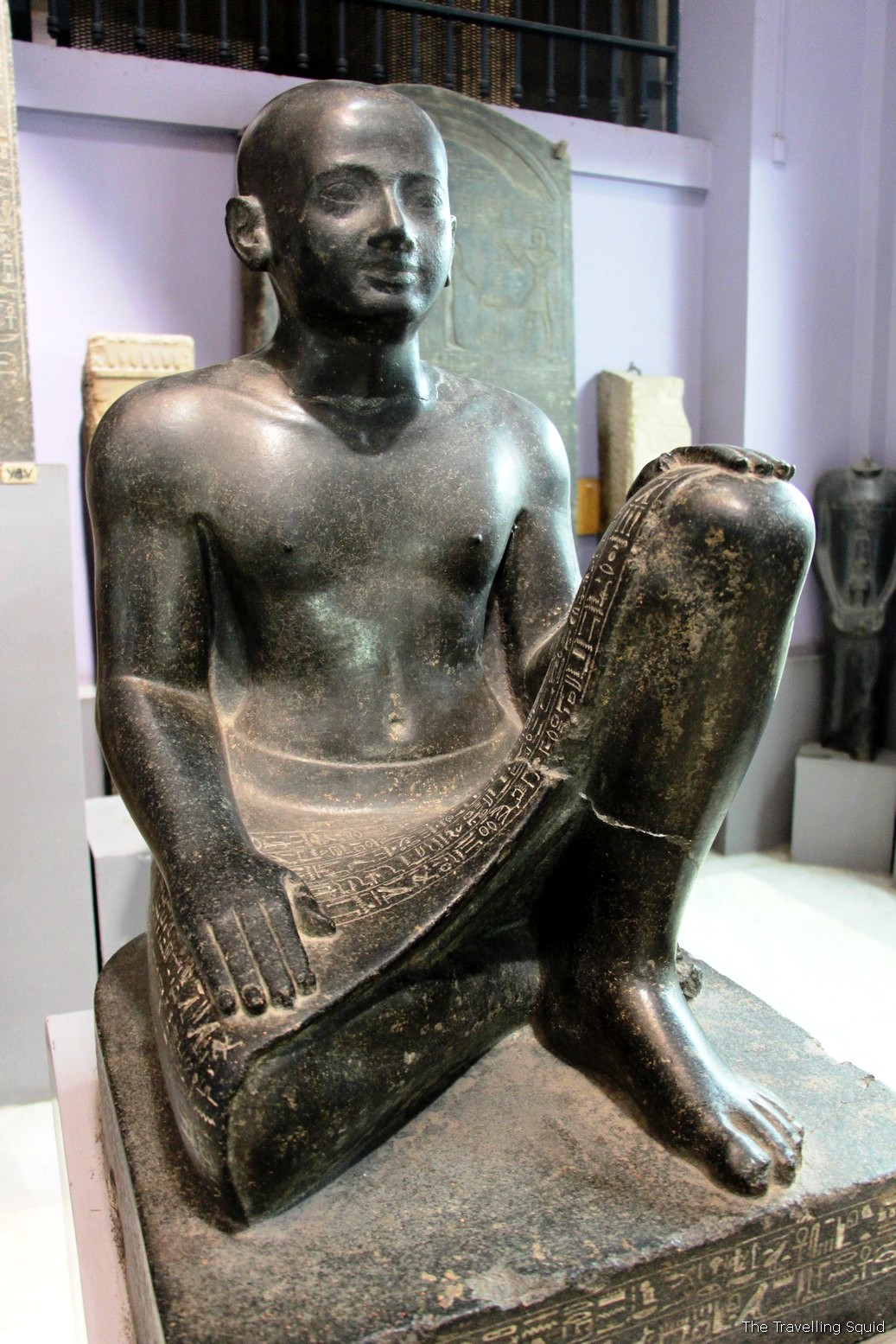
But soon, we were overwhelmed by the number of statues, and Pharaoh looking like statues cast in different positions. I started to wonder what was the difference between the each of them.

Which brings me to the next point.
3. Descriptions in English
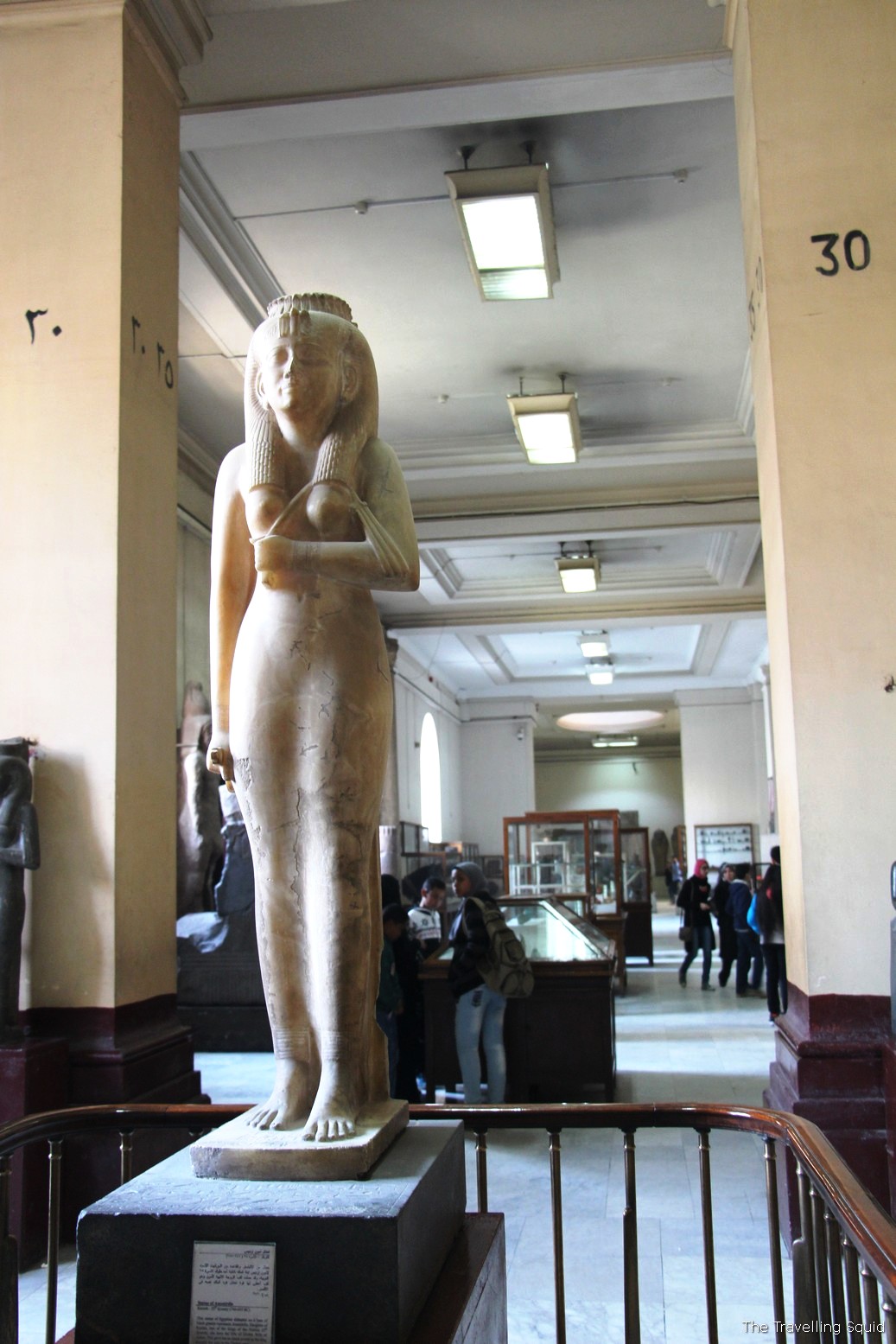
I know that the lack of English descriptions could have been resolved with a guide, or some intense reading the night before. But we were on a holiday, and therefore were disinclined to spend an evening reading up on the halls of the Egyptian Museum.
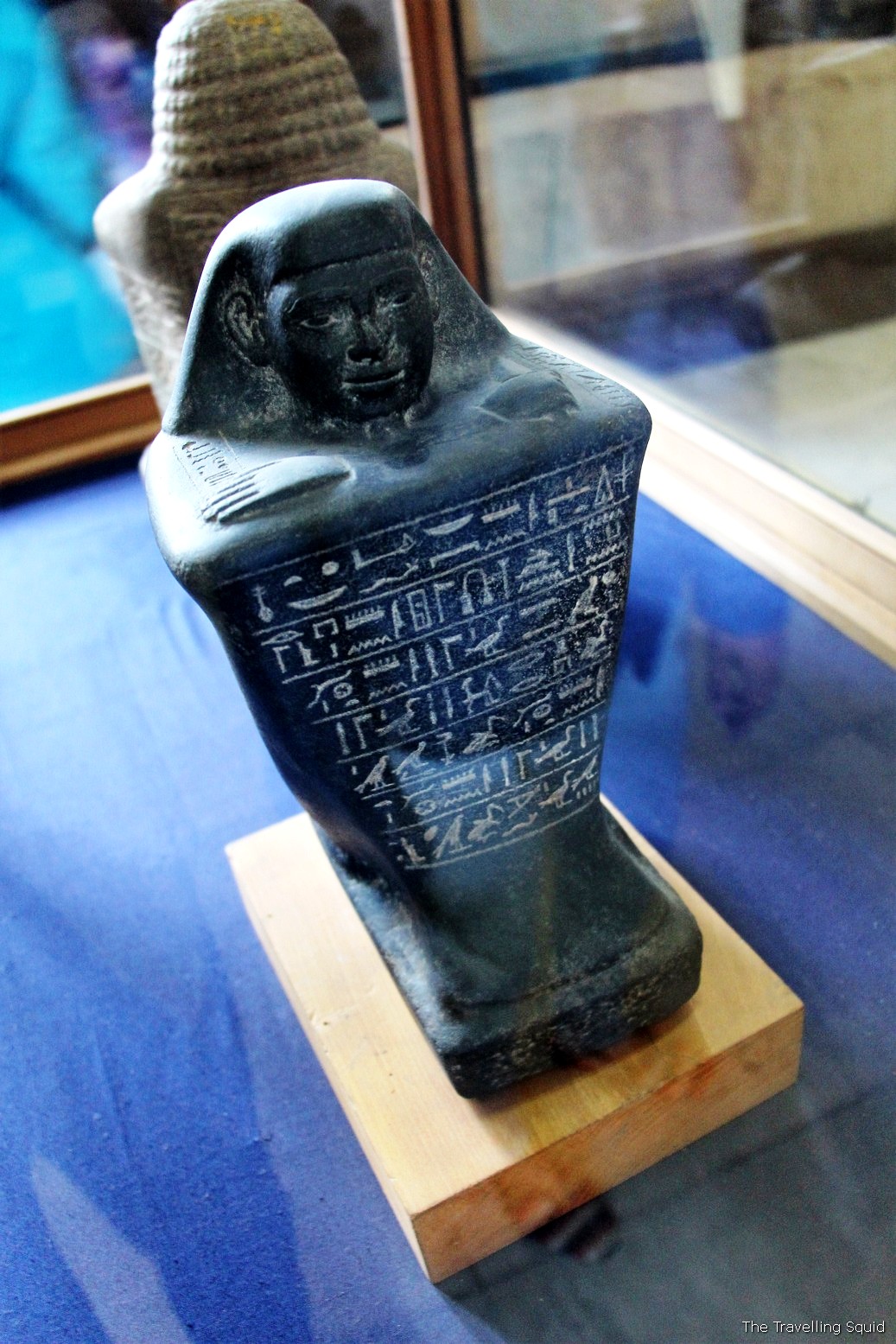
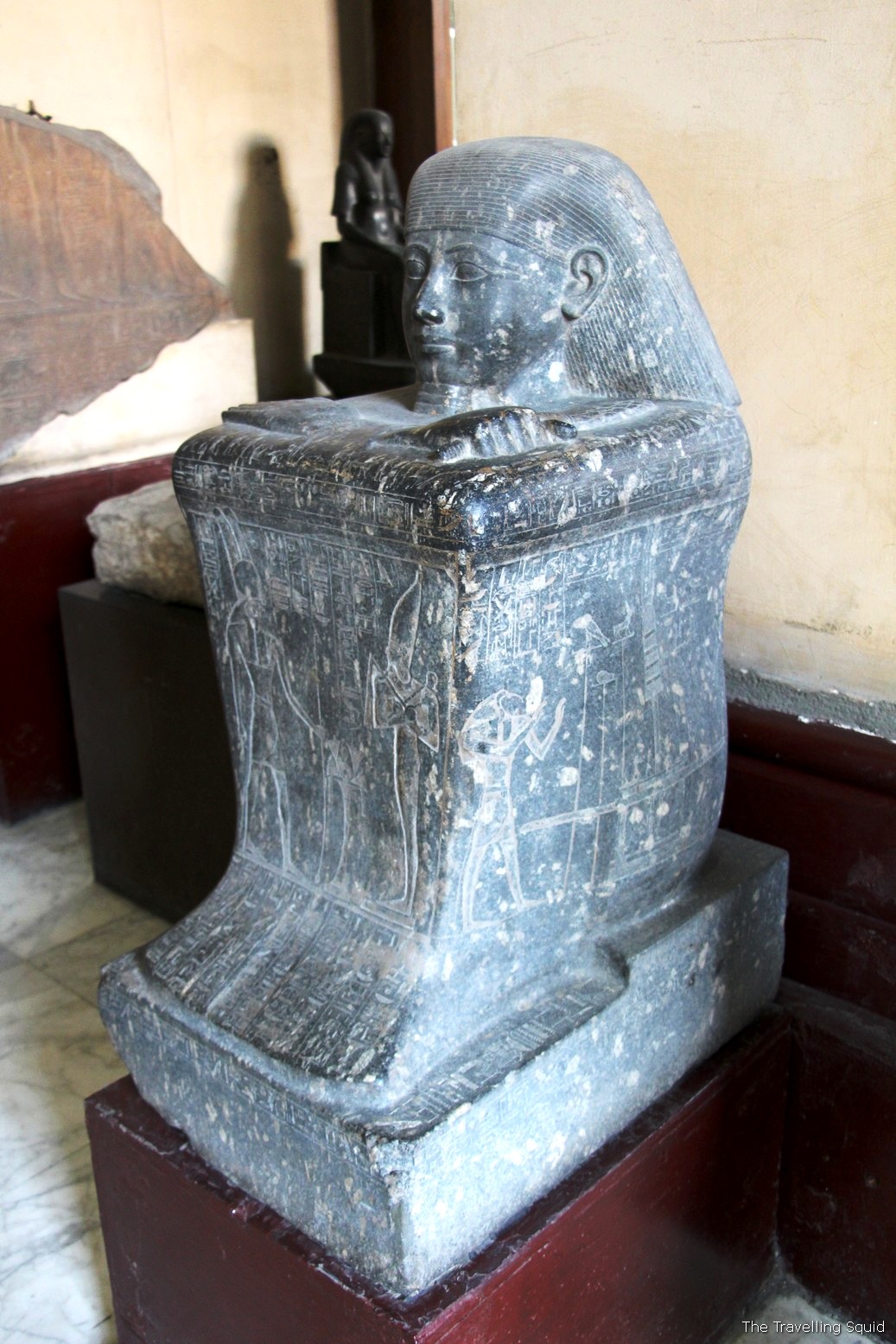
Perhaps it’s just me, but I was unable to connect the descriptions in Lonely Planet with the artefacts that lined the halls. After a while, we gave up and simply just glanced and walked through the exhibits. It’s quite sad because I’m sure there are any many stories behind these artefacts. What was it used for? Who commissioned it? Was it just for prayers?
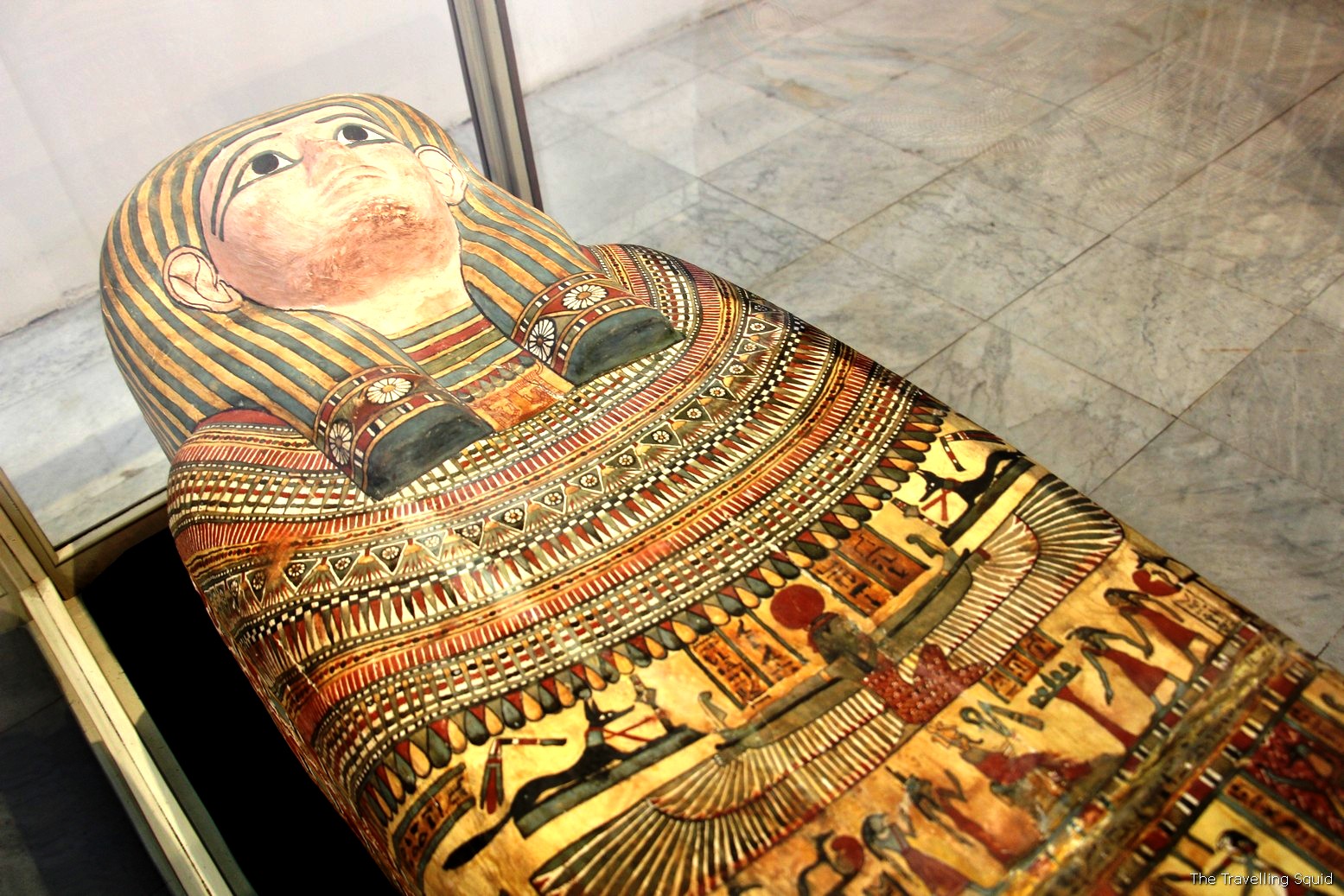
Who was the child who had been mummified? Why did she die at such an early stage? Is it common for peasants to be mummified as well? Based on some of the brief descriptions, the story behind these mummies are sometimes not known.
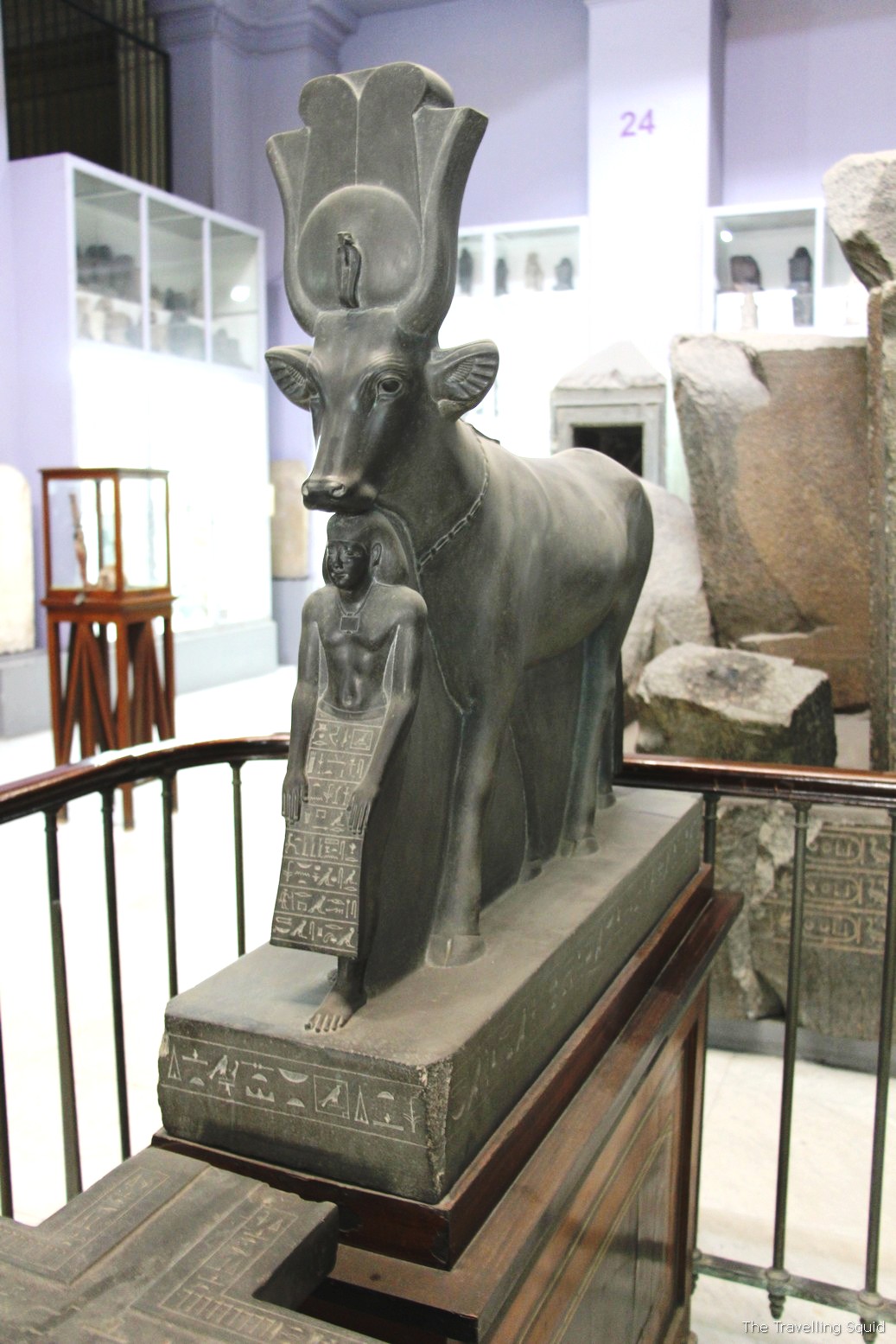
4. Air conditioned halls for preservation
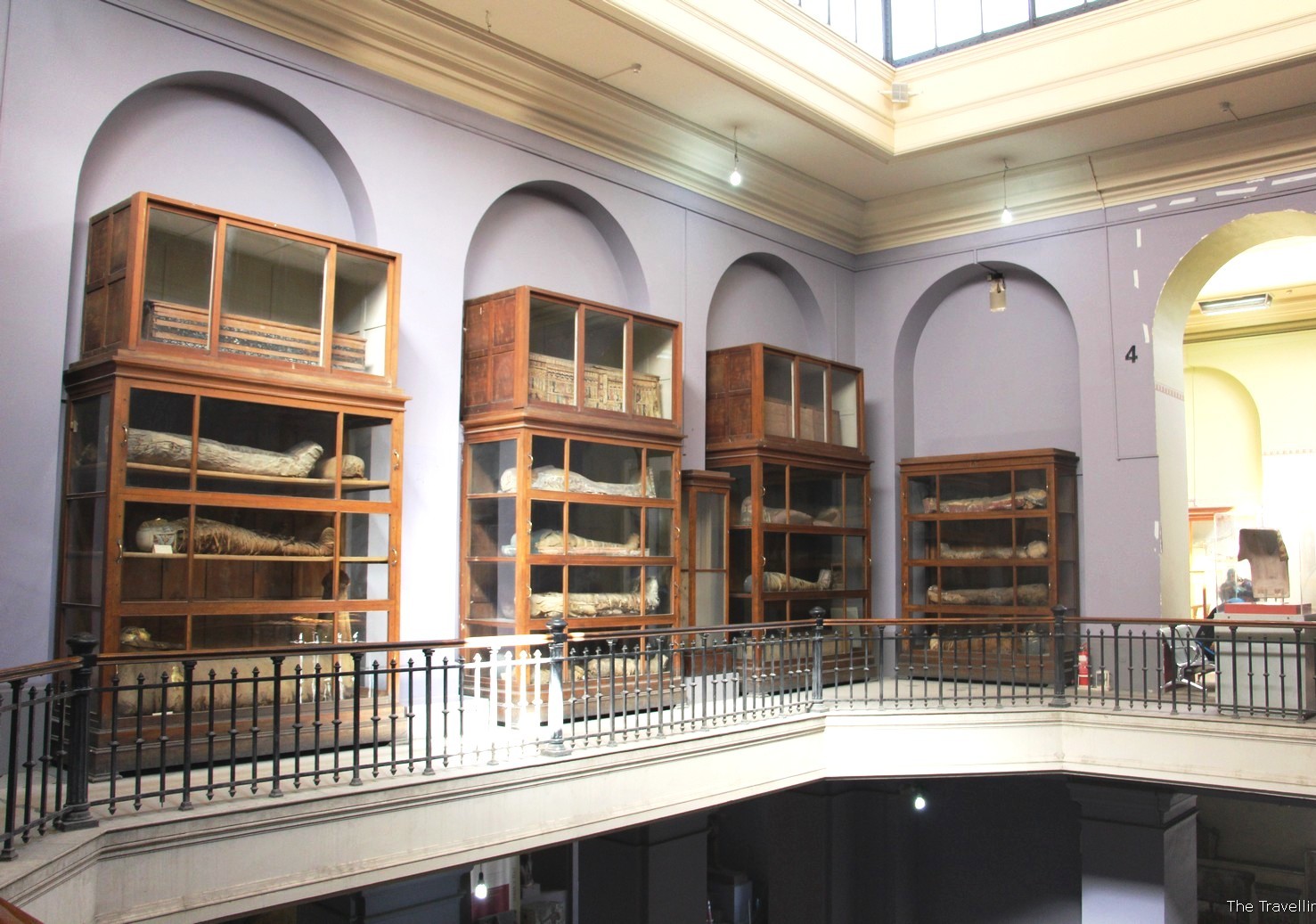
I noticed that the mummies in particular, were stored in wooden glass cabinets, the sort that would be used to store vases and ornaments. I wondered if there was a temperature and humidifier control inside these cabinets. We visited in the month of February and it was early spring. But I know that Egyptian summers are harsh, and temperatures can exceed 40 deg celsius. Therefore, I thought air-conditioning the halls would have better preserved the artefacts.
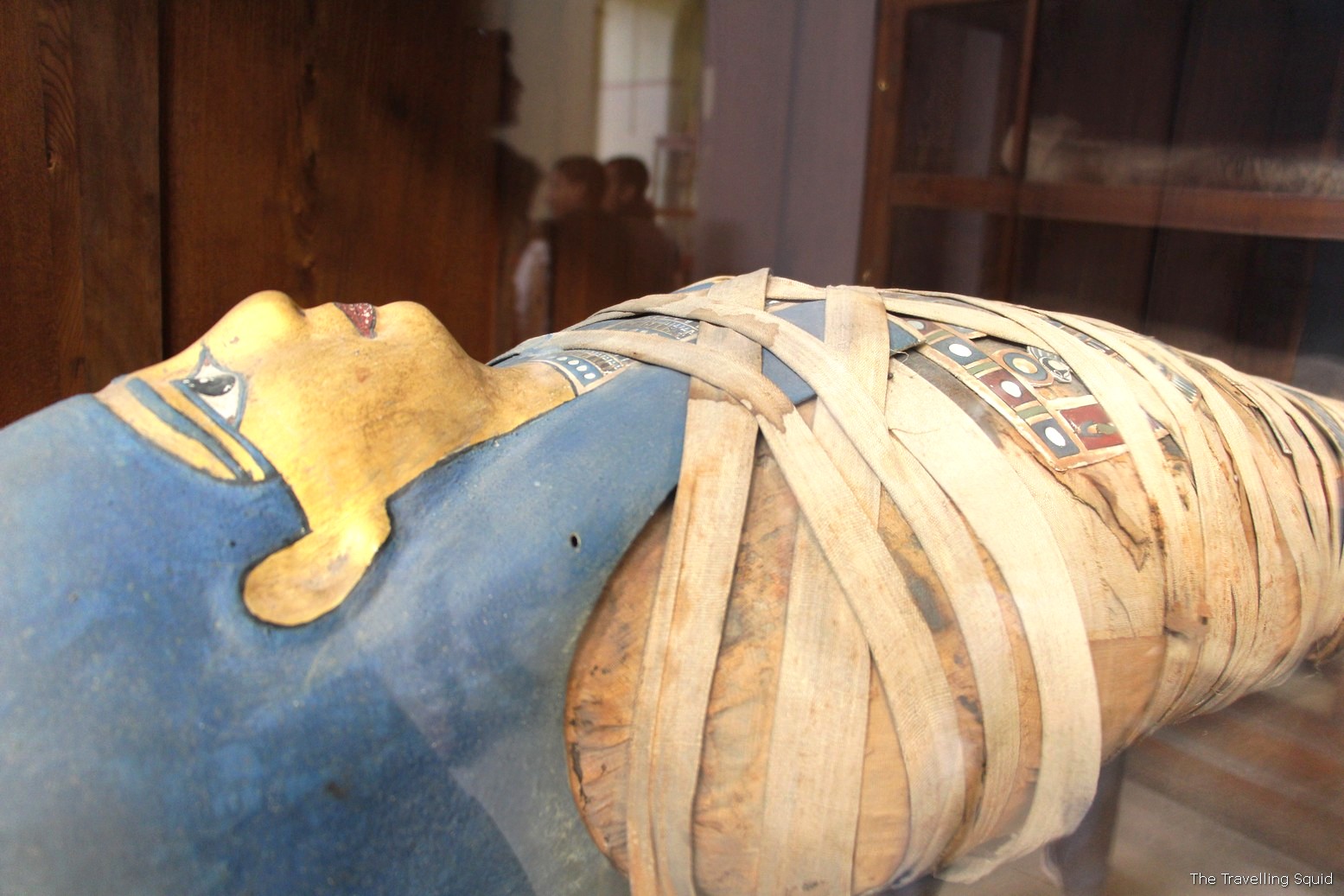
5. Toilets and the attendants inside them
This was quite an epic story and warranted a separate post of its own. Check this out on “The obnoxious toilet attendant at the Egyptian Museum in Cairo“.
6. Annoying “sentries” out there to make sure you paid €50 (SGD10) to use a camera.
Each time we took the DSLR out to shoot some photos, a young Egyptian man in his twenties would appear and asked us aggressively if we had paid the €50 charge. We had to pull out our ticket at least four times during the two-hour visit. They were all in plainclothes and were not the most polite. Which begs the question – don’t these young men in their twenties have better things to do in their lives?
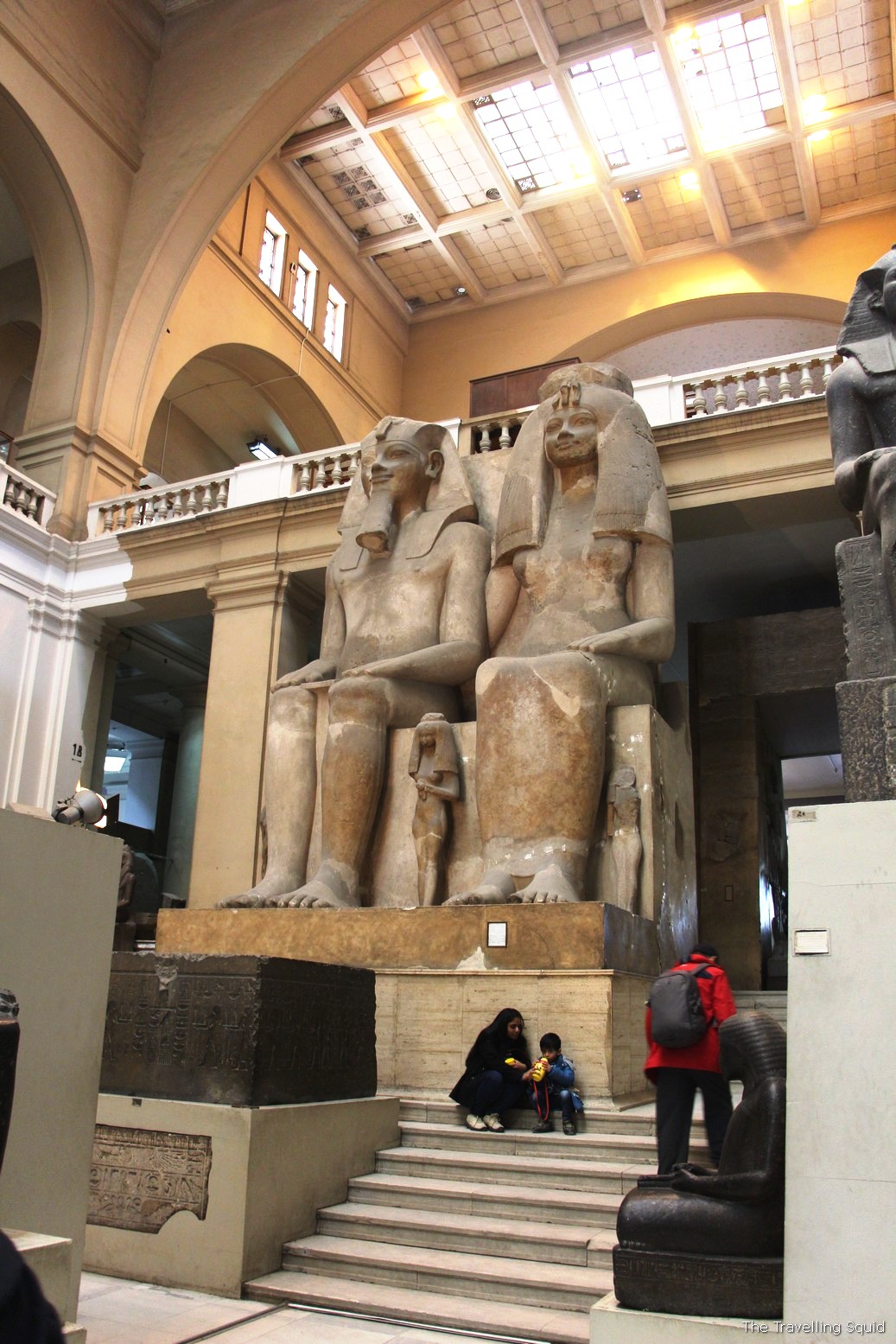
The Travelling Squid’s Take
The Egyptian Museum, while home to a large, world-renowned collection, could be further refined. I’ve seen plenty of small museums which make the most of their collections, and enhanced the visitor’s experience through thoughtful little things like English descriptions and spotlights.
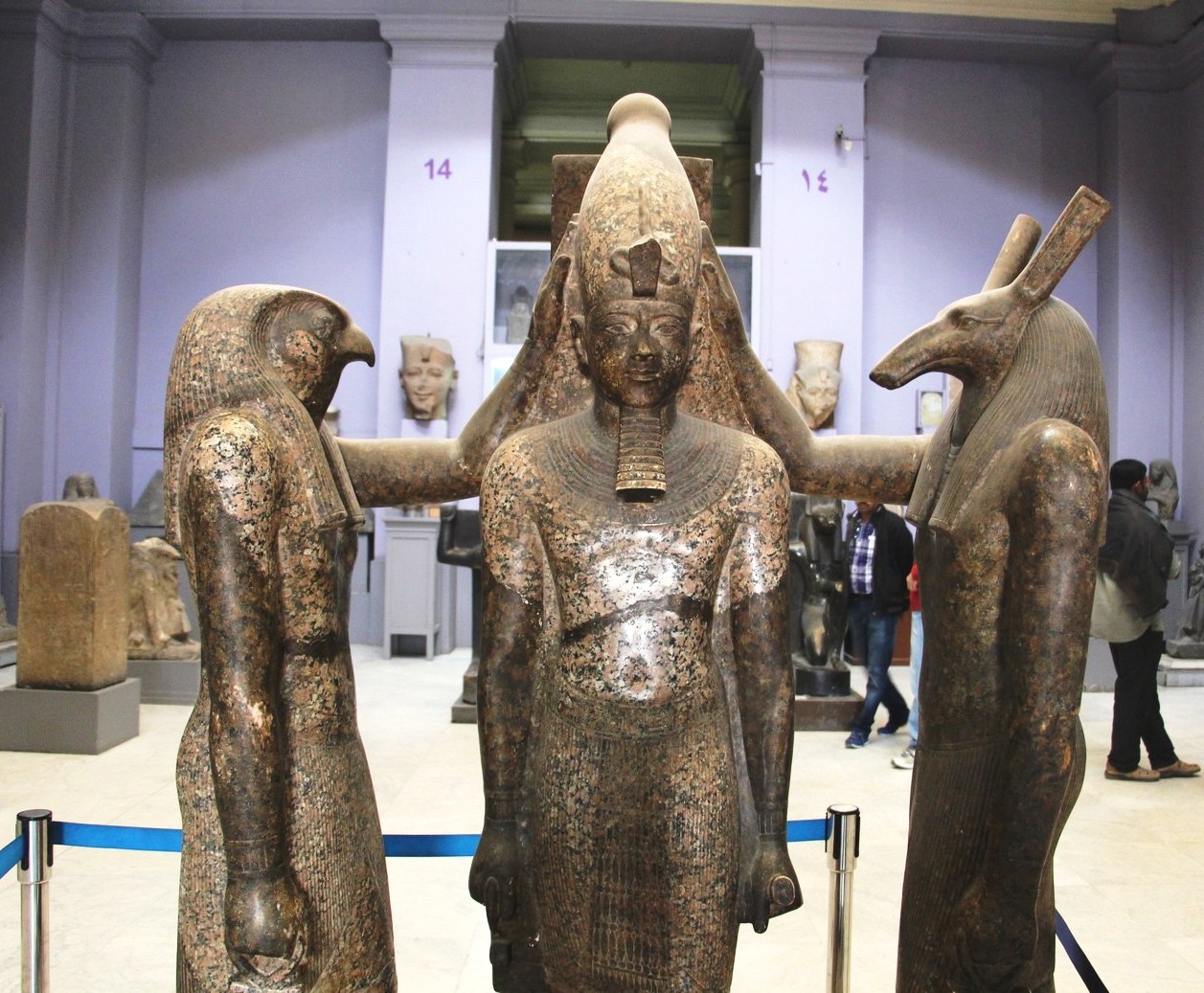
Most importantly, the basic function of any tourist attraction should achieve minimum standards. That is, the toilets should be clean and dry, and no touting should be allowed in such a place of national interest and pride.
The Egyptian Museum, a reflection of the glory and Egypt’s standing of times gone by, is a somewhat pale comparison to its society today. It takes more than huge columns and sculptures, ferried along the Nile from Abu Simbel in the South, to demonstrate sophistication and elegance of modern society.
And that starts with the people.

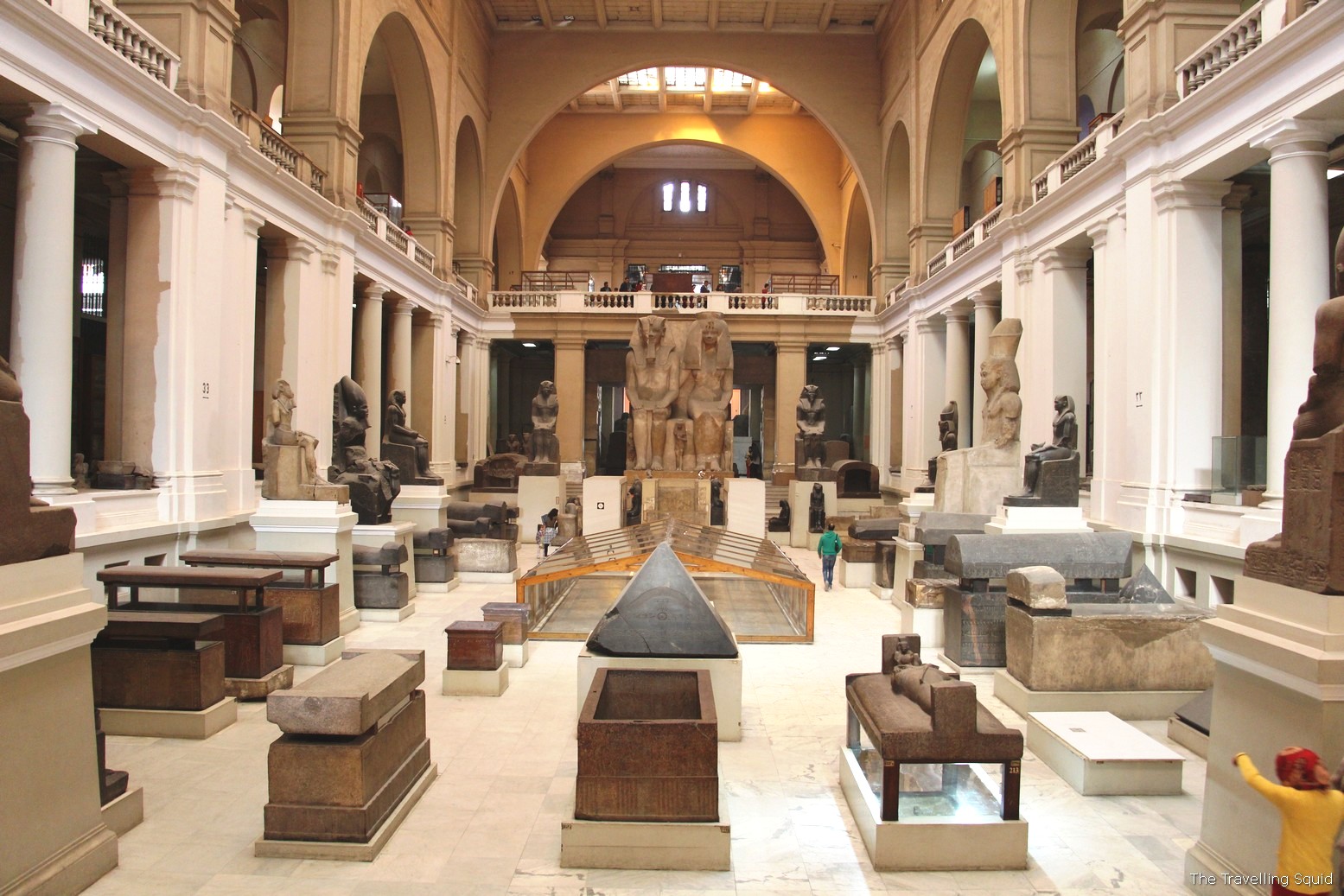
Leave a Reply